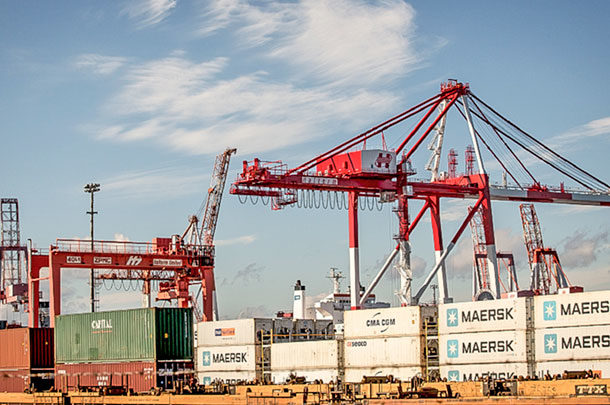But while there are opportunities to increase those exports, the report – “Diversifying Canada’s agriculture exports: Opportunities and challenges in wheat, canola, soy and pulses” – identifies growing protectionism, distance and price sensitivity as hurdles Canadian exporters must overcome to diversify markets.
Canada has done extremely well in establishing strong trade relations in a number of key markets thanks to a long-held focus on getting trade agreements in place. While we believe there is still room for growth in diversifying our agriculture export markets, it won’t be easy. The long-term success of Canadian agriculture relies on our ability to provide a greater diversity in commodities and food products for new and existing export markets.
In 2018, Canada was the world’s fifth-largest exporter of agriculture commodities, worth almost $34 billion, behind the U.S., Brazil, the Netherlands and China. That same year, the U.S. accounted for just over 35.6% of Canada’s total agriculture exports, while China – the world’s most populous country – accounted for 22.9%.
The report indicates Canada’s diversification of its export markets can help reduce financial risks for Canadian producers by lessening our dependency on dominant importers. When borders close for any number of reasons – due to trade tensions or shock caused by disease or weather – having a broader range of export markets allows Canadian exports to be re-allocated rather than simply reduced.
The potential to diversify our export landscape is a function of the size and growth of import markets where our export presence has historically lagged. According to the report:
- Canadian canola exporters can expand diversification. Further growth in exports to Europe is possible: Canadian canola exports to Europe increased in 2018 after being shut out of China. Sustaining that export presence in the long term will be key to successful diversification.
- The potential for further diversification of Canadian wheat exports is real, but many of the world’s largest or fastest-growing markets are supplied by large, established nearby exporters.
- Soybeans represent perhaps the best opportunity for Canada to further diversify export markets. For one thing, in a huge global market dominated by Chinese demand, Canada is a relatively small player. Our limited market share in multiple importing countries can be expanded. However, soy trade flows in 2019 have provided a painful illustration of how China’s market concentration can foil Canadian market diversification efforts.
- In a pulse market dominated by Indian importers, Canada is the world’s largest exporter. European (Germany, Spain and Belgium) and Middle Eastern import markets (Pakistan and United Arab Emirates) hold the most potential for diversification.
The report notes some obstacles Canada faces in its push to further diversify its export markets: It’s often less costly for importers to source products from established suppliers, and China’s growing dominance as an agriculture importer serves to concentrate, not diversify, trade flows.
Many of these challenges are beyond Canada’s control. But our reputation as a reliable producer of safe, high-quality commodities, combined with growing world demand and our competitive advantage on so many key exports, reduce some of the challenges facing Canadian agriculture.
Meanwhile, Canadian producers can manage their risk in an uncertain global trade environment by keeping a close eye on new and evolving international markets.
Canada’s agriculture industry is highly resilient and is driven by some of the most knowledgeable and innovative producers in the world. Ultimately, the success of Canadian agriculture in new and existing markets will largely depend upon our ability to meet consumer needs in those markets. ![]()
PHOTO: Diversifying agricultural export markets is key to growing sales of wheat, canola, soy and pulses. Courtesy photo.

-
Jean-Philippe Gervais
- Vice-president and chief agricultural economist
- Farm Credit Canada









